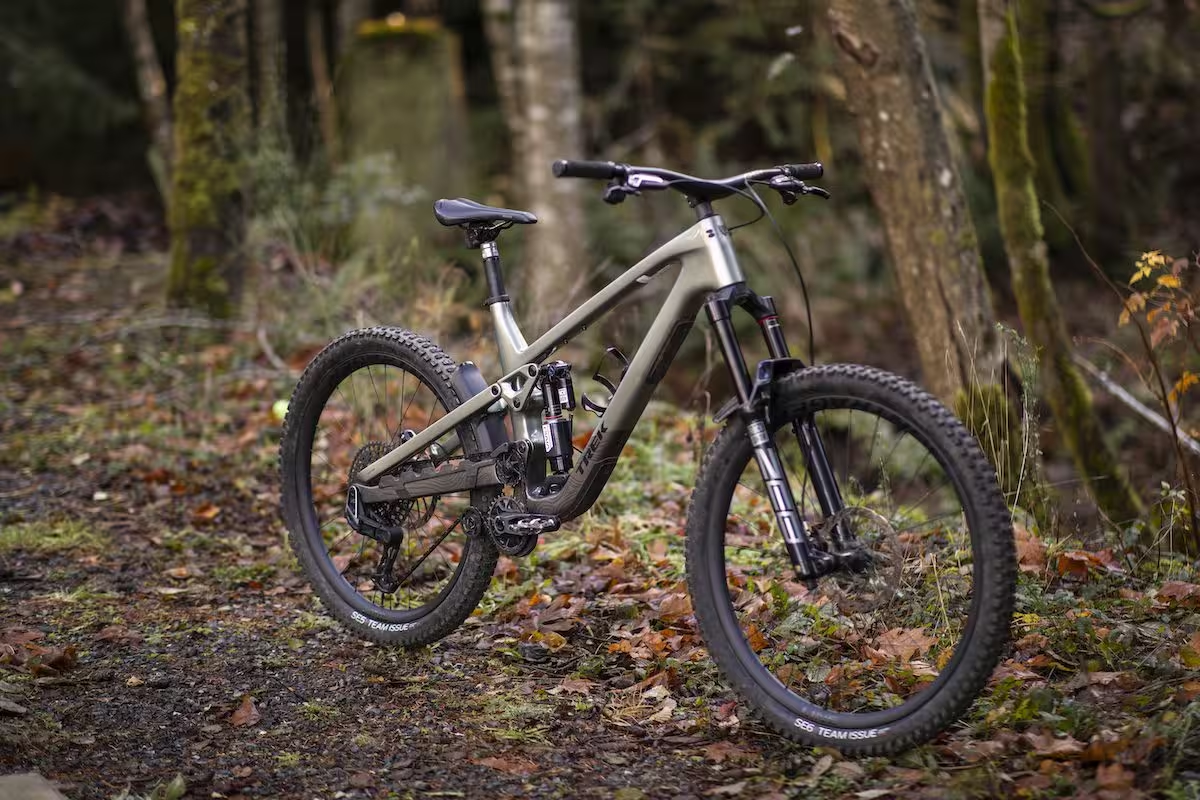When Trek introduced the sixth-generation of it’s Slash, it made waves. High pivot bikes have always had a place in downhill and more and more boutique brands were releasing their own single-crown high pivot options. But Trek is generally more conservative in its decisions. The new Slash is anything but conservative.
We were initially impressed with the Slash Gen. 6, but with some reservations. 12-months in, we have a clearer sense of what the Slash’s strengths are and how some of those durability and maintenance questions actually play out.
The short version is that this new Slash is squarely focused on fun, but maybe not finesse. It’ll let you bash through whatever trails and jumps you want, and probably make you feel like you actually pulled it off. This is a change from the last generation (which Trek seems to still be offering, a year later), a bike that mixed more mellow trail fun with its race pedigree.
But change isn’t a bad thing. The sixth generation of Slash is part an evolution of the Slash name and, at the same time, stands on its own. After 12 months on the Slash, we’re digging past the wow-factor of a brand as large as Trek hopping on the high-pivot bandwagon to see how the bike settles into day-to-day riding.
Wait, Part 1?
So, with five months already into the Slash, what’s the Part 1? Well, Trek offers both a 29” adapter mount, to make the 27.5”/29” stock build a dual 29-er, and a headset cup adapter to change head tube angle as well as the stock flip-chip to adjust shock progression. That is a lot of options, and a lot of ground to cover
Since those options all require parts that are sold separately, except for the progression chip, not all riders will be interested enough to go beyond the stock settings. But, since Trek advertises those options as a feature of the Gen 6 Slash, we also want to cover them for riders that are interested. So those bonus settings are getting their own review.
Trek Slash Gen. 6 9.9 XO AXS T-Type
Our test bike sits second from the top of Treks slash line. It’s carbon fibre frame, with 170mm rear travel, is equipped with SRAM XO AXS T-Type, RockShox Vivid Ultimate shock, 170-mm RockShox Zeb Ultimate fork, Code Silver brakes, Bontrager Line Pro 30 carbon fibre wheels and a SE5 and SE6 tire combo, and 820mm-wide Bontrager RSL integrated bar-stem combo. For our XL test bike, there’s a 170mm RockShox Reverb AXS dropper…
Click Here to Read the Full Original Article at Canadian Cycling Magazine…

